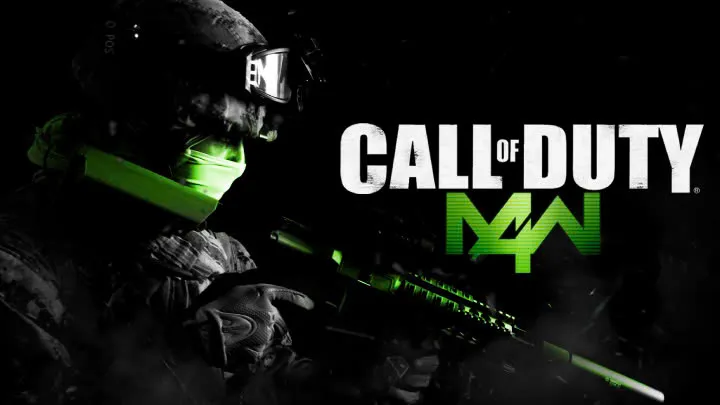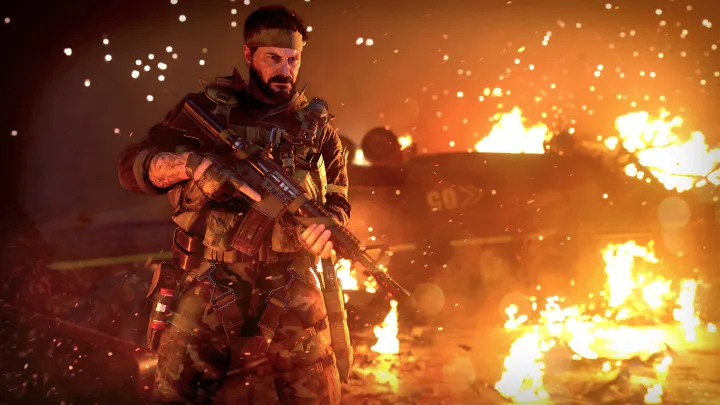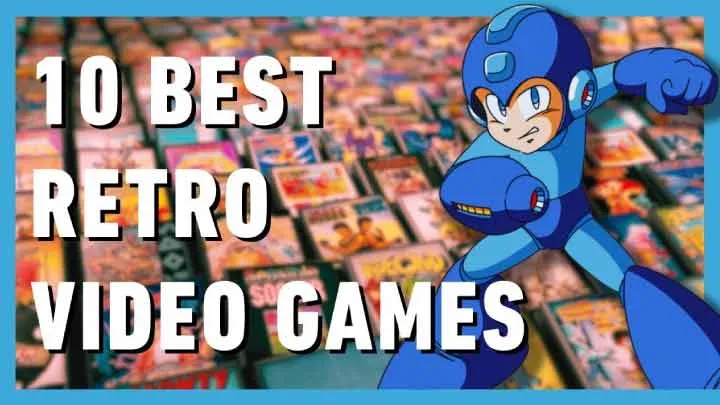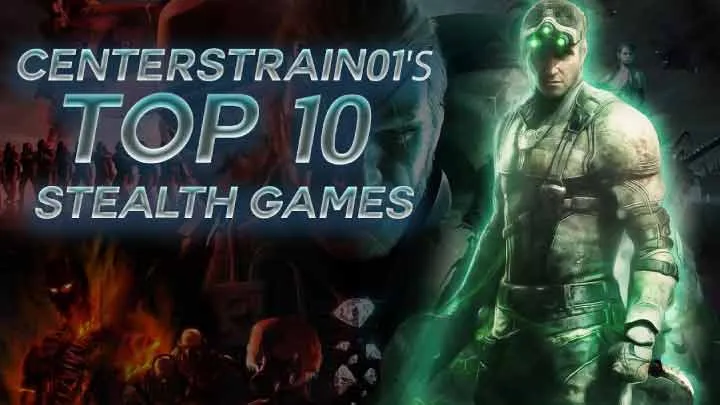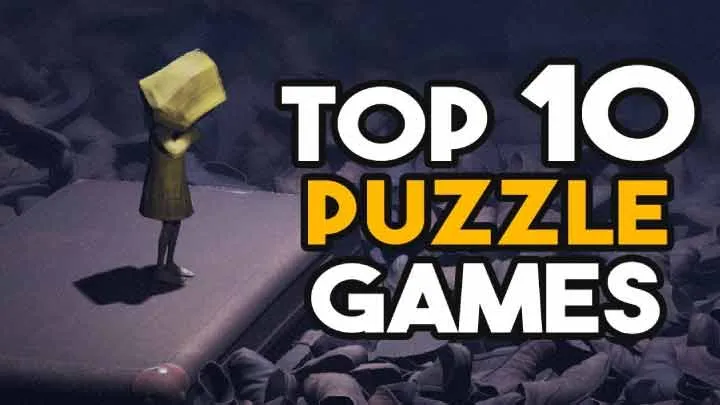Introduction
Retro games have a timeless charm that continues to captivate players across generations. While modern titles push the boundaries of graphics and mechanics, many classics remain as enjoyable today as they were at launch. Their simple yet addictive gameplay, memorable characters, and influential design ensure their relevance. In this article, we’ll dive into the Top 10 Retro Games That Still Hold Up Today, exploring what makes them stand out, analyzing their gameplay, and offering a short review of their enduring appeal.
1. Super Mario Bros. (1985)
Game Overview
Released for the NES, Super Mario Bros. is the blueprint of platformers. It introduced Mario, the iconic plumber, on his quest to save Princess Peach from Bowser.
Gameplay Analysis
The game’s tight controls, creative level design, and power-ups like the Super Mushroom and Fire Flower created a foundation for future games. Its difficulty curve perfectly balances accessibility with challenge, ensuring it’s fun for both newcomers and veterans.
Review
Even today, the crisp mechanics feel modern. It’s a masterclass in simplicity that’s endlessly replayable and continues to inspire countless indie and AAA games alike.
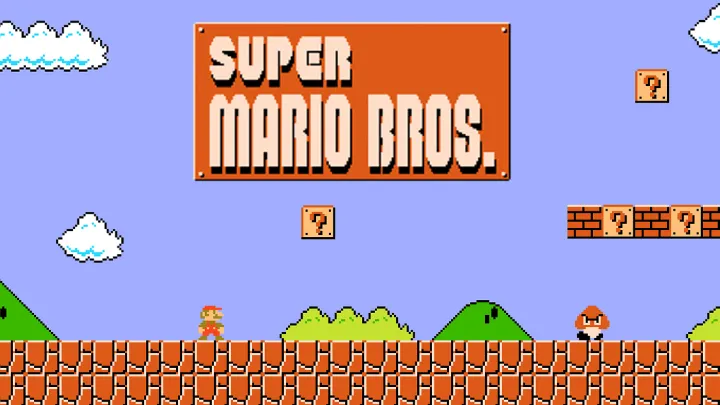
2. The Legend of Zelda (1986)
Game Overview
This NES title laid the groundwork for open-world adventure gaming. Players guide Link in his quest to rescue Princess Zelda and defeat Ganon.
Gameplay Analysis
Its blend of exploration, puzzles, and combat created a sense of discovery that felt revolutionary. The freedom to explore dungeons in different orders gave players an agency rarely seen in the era.
Review
Though primitive in graphics, its non-linear design feels fresh even now. It rewards curiosity and problem-solving, embodying the heart of the Zelda franchise.

3. Tetris (1984)
Game Overview
Perhaps the most universal retro game, Tetris is a puzzle game created by Alexey Pajitnov. Its simple concept—arranging falling blocks—has infinite replayability.
Gameplay Analysis
Its genius lies in its elegant simplicity. With increasing speed, the game challenges reflexes, foresight, and spatial reasoning. Its endless loop ensures no two sessions are alike.
Review
Decades later, Tetris still dominates puzzle gaming. Modern versions like Tetris Effect prove how timeless the formula is. It’s addictive, challenging, and perfect in design.
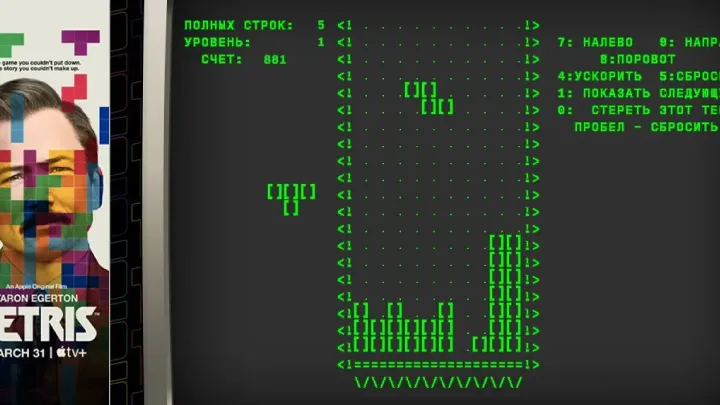
4. Pac-Man (1980)
Game Overview
Namco’s arcade classic puts players in control of Pac-Man, navigating mazes, eating pellets, and avoiding ghosts.
Gameplay Analysis
The mechanics are easy to grasp but difficult to master. Ghost AI provides a strategic challenge, forcing players to think about movement patterns. Power pellets add thrilling risk-reward dynamics.
Review
Still a staple of arcades and mobile devices, Pac-Man remains a gold standard for accessible fun. It demonstrates that simple gameplay can outlast trends.
5. Street Fighter II (1991)
Game Overview
Capcom’s Street Fighter II didn’t just popularize fighting games—it defined them. It introduced memorable characters, combos, and competitive depth.
Gameplay Analysis
The game’s balanced mechanics, distinct character movesets, and emphasis on timing created a competitive scene that thrives to this day. Its two-player mode redefined gaming as a social experience.
Review
It still feels engaging and rewarding. Even modern fighters pay homage to its structure, proving its design was ahead of its time.
6. Sonic the Hedgehog (1991)
Game Overview
Sega’s mascot burst onto the Genesis with Sonic the Hedgehog, a fast-paced platformer that rivaled Mario’s dominance.
Gameplay Analysis
The game emphasizes speed and momentum, offering unique mechanics compared to Mario. Level design encourages replaying stages to find faster routes and hidden paths.
Review
Sonic’s charm, music, and gameplay remain enjoyable. Though later entries varied in quality, the original still delivers thrilling platforming.
7. Final Fantasy VI (1994)
Game Overview
One of Square’s most beloved RPGs, Final Fantasy VI brought an epic narrative, memorable characters, and deep gameplay to the SNES.
Gameplay Analysis
Its turn-based battle system combined with unique character abilities allowed for diverse strategies. The nonlinear World of Ruin section gave players unprecedented freedom in RPG storytelling.
Review
Its emotional story and unforgettable music stand the test of time. It remains a gold standard in RPG design, influencing countless games that followed.
8. Metroid (1986)
Game Overview
Nintendo’s Metroid introduced Samus Aran and pioneered the “Metroidvania” genre. Its mix of platforming, exploration, and shooting became a template.
Gameplay Analysis
The emphasis on exploration and power-up progression created a loop of discovery. Backtracking with new abilities opened hidden paths, offering rewarding progression.
Review
The atmospheric design, non-linear structure, and groundbreaking reveal of Samus as a female protagonist cemented its legacy. It’s still exciting to play today.
9. Donkey Kong (1981)
Game Overview
This arcade classic marked the debut of Mario (then Jumpman). Players climb platforms to rescue Pauline from Donkey Kong.
Gameplay Analysis
With only a jump button and directional controls, the gameplay is deceptively simple yet challenging. Each level introduces hazards that test reflexes and timing.
Review
Its arcade roots are clear, but the charm of Donkey Kong lies in its pure, distilled challenge. It’s as enjoyable today as in the early ’80s.
10. Mega Man 2 (1988)
Game Overview
Capcom’s Mega Man 2 refined the formula with polished gameplay, memorable bosses, and a killer soundtrack.
Gameplay Analysis
Its stage select system gave players choice and strategy, while the tight platforming and shooting mechanics ensured challenge. Each Robot Master had unique weaknesses, adding layers of depth.
Review
Even decades later, it’s one of the most balanced and fun action-platformers ever made. Fans still rank it among the greatest NES games.
Conclusion
Retro games endure because they focus on core gameplay mechanics that never age. From Super Mario Bros.’ perfect platforming to Tetris’ infinite puzzles, these classics prove that fun doesn’t rely on cutting-edge graphics. Their influence on modern titles is undeniable, and revisiting them today is just as enjoyable as ever. Whether you’re a longtime fan or a newcomer, these Top 10 Retro Games That Still Hold Up Today remain essential experiences.








